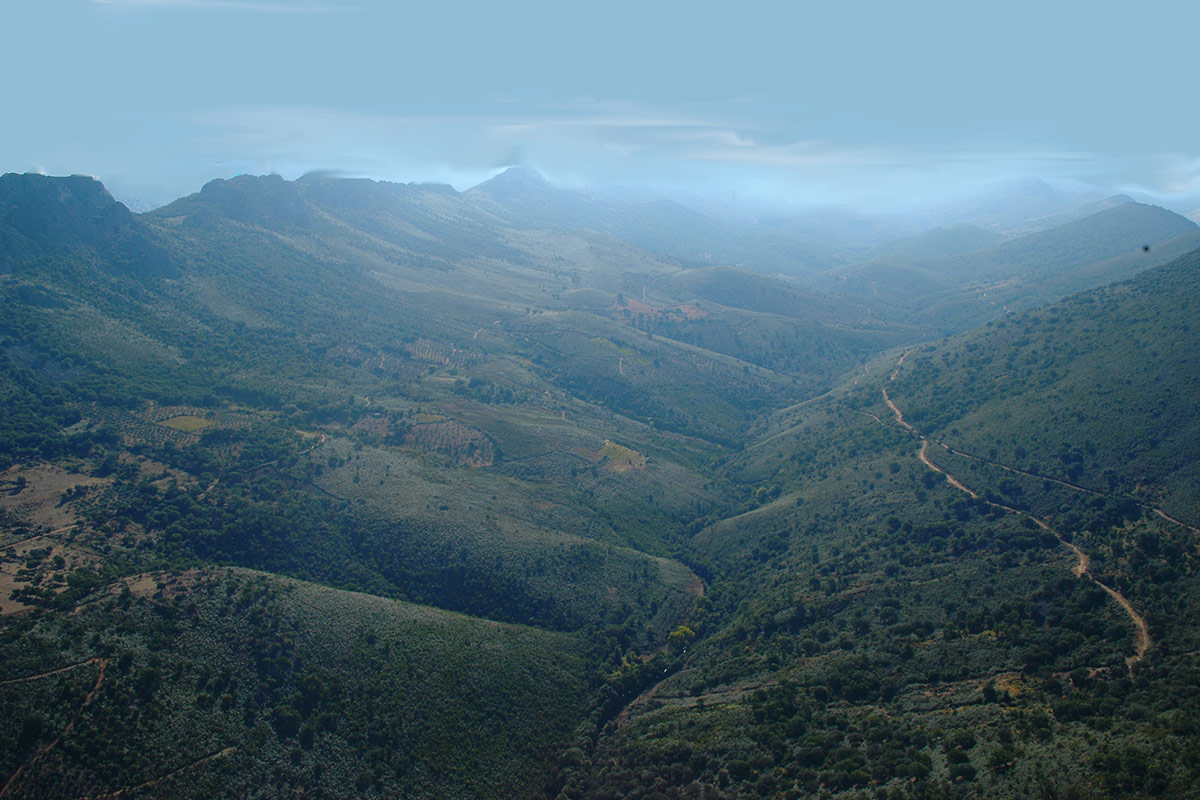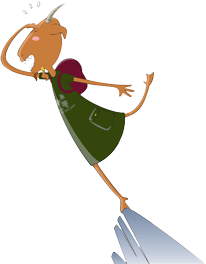



The route starts from the village of Cabañas del Castillo and runs in a south-easterly direction towards the Garganta de Santa Lucía to finally reach the Sierra de la Ortijuela, where it links up with the Crossing of Alfonso Onceno (GR 117).This is an easy and pleasant itinerary with differences in height which are relatively undemanding despite the crossing of the Sierra del Alcornocal. The only difficulty lies in the fact that as this is a round trip the total distance comes to 10.8 km, which requires a certain amount of effort.

The route starts from the plaza of Cabañas del Castillo and takes the trail to the castle, leaving this bastion of Moslem origin to the left to continue along the sunny side of the impressive Peña Buitrera. It crosses an area of scrubland, holm oaks (Quercus ilex), and cork oaks (Quercus suber) on its way to the Collado de los Zahurdones. From this point it passes to the shady side of the Sierra del Alcornocal and descends to the Garganta de Santa Lucía with its typical riverside woodland of alders (Alnus glutinosa), ashes (Fraxinus angustifolia), and some isolated examples of Portuguese laurel (Prunus lusitanica). After crossing the stream by Las Pasaderas, the route ascends the sunny side of the Sierra de la Ortijuela until it reaches the trail of the same name which is where it ends. At this point you can start to return to Cabañas or make use of the link to the Crossing of Alfonso Onceno (GR 117) to reach the villages of Roturas or Navezuelas, and even via the latter continue as far as Guadalupe.

In addition to the impressive geology of the great syncline of Santa Lucía and the quartzite outcrops of the Peña Buitrera and the castle of Cabañas, you can also see the fossil tracks (470 million years old) of trilobites (Cruziana) and vertical burrows of marine animals (Skolithos). On these cliffs it is also easy to observe Egyptian vultures (Neophron percnopterus), griffon vultures (Gyps fulvus), peregrine falcons (Falco peregrinus), black storks (Ciconia nigra), and the blue rock thrush (Monticola solitarius) among many other species.
